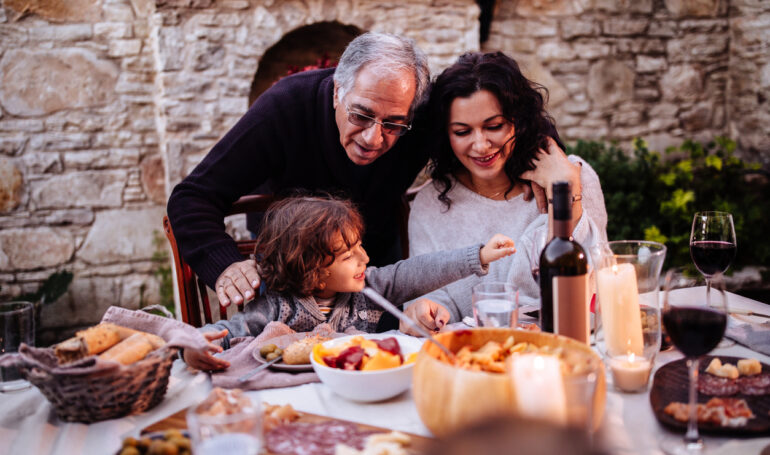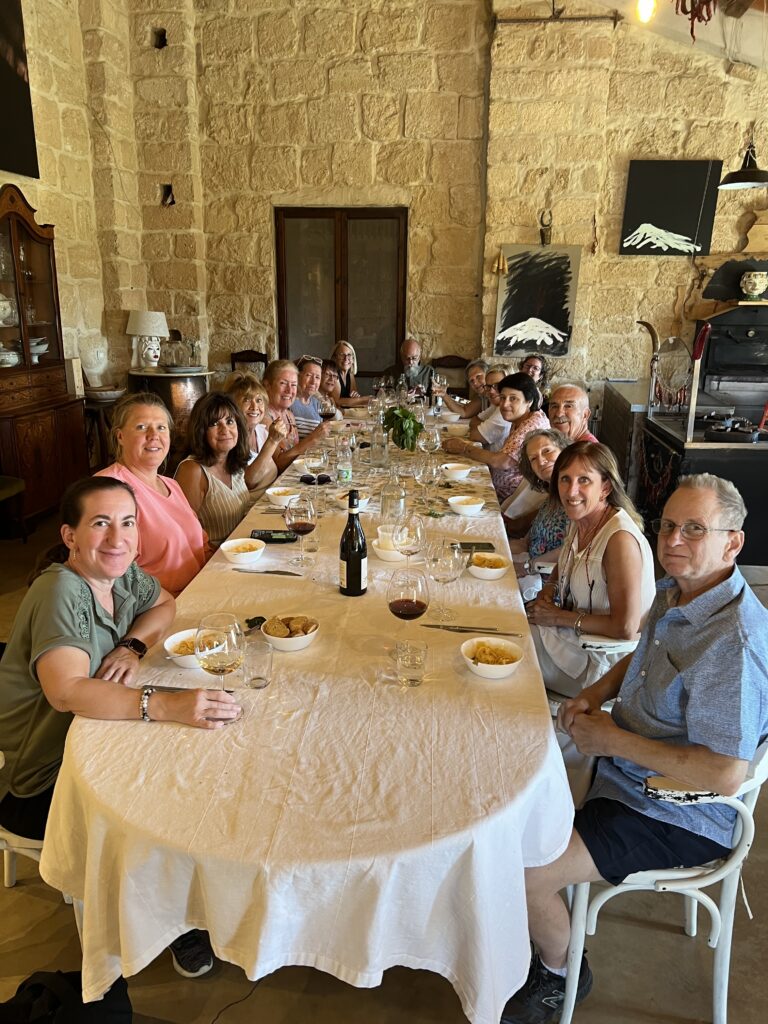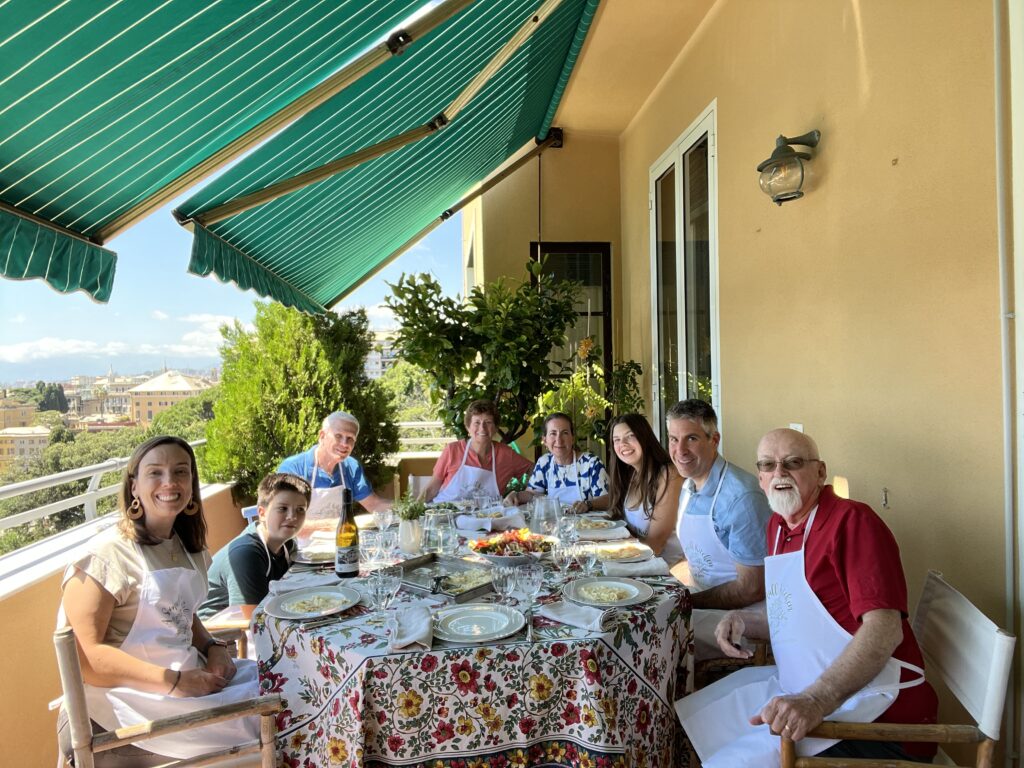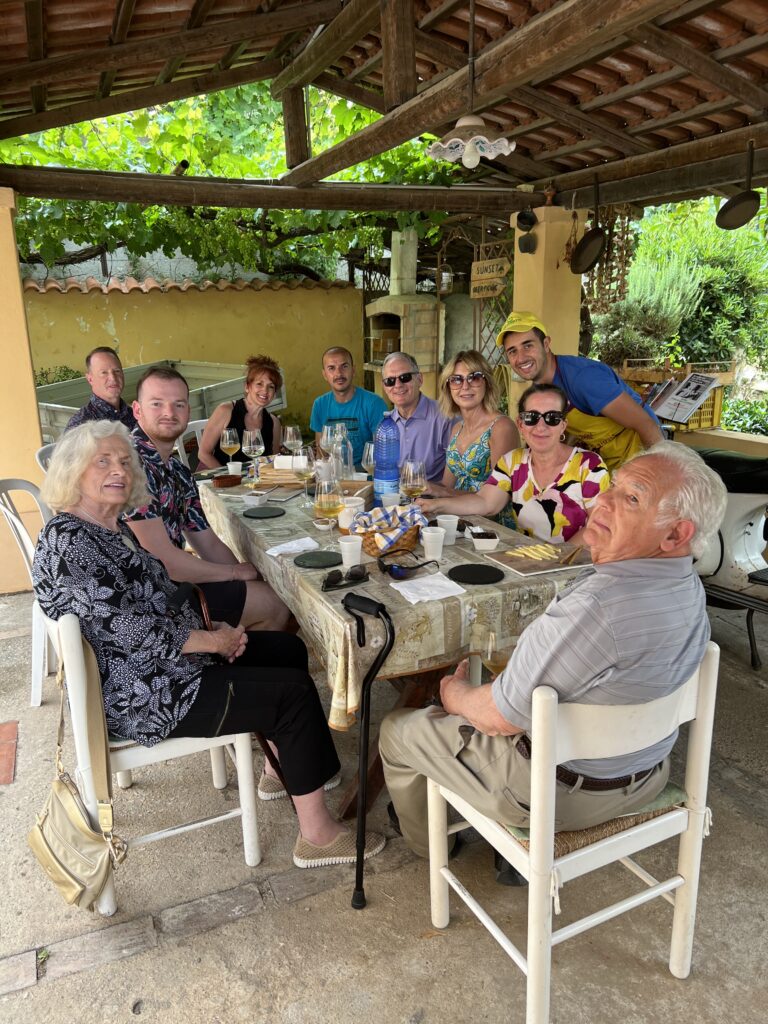
The Italian Sunday Lunch
Italian cuisine is deeply rooted in history, culture, and family traditions. Among the most cherished culinary customs is the Sunday lunch, a longstanding ritual that brings families together over a hearty meal. This tradition has been passed down through generations, evolving while maintaining its core essence: good food, la famiglia, and the joy of togetherness.
Origins of the Italian Sunday Lunch
The concept of a large communal meal on Sundays traces its origins to ancient times. The Romans, known for their elaborate feasts, often reserved Sundays for special gatherings. With the rise of Christianity, Sunday became a sacred day of rest and worship, and it soon became customary for families to come together after attending Mass. Over the centuries, Sunday lunch became more than just a meal; it became a sacred family ritual.
In rural Italy, particularly in agricultural societies, Sunday was a day to relax after a week of hard labor. It was an opportunity for families to share in the bounty of their harvest and prepare meals that were more elaborate than their weekday fare. This tradition continued even as Italy industrialized, with families prioritizing Sunday as a time to reconnect.

Picture Credit: Lazy Italian Culinary Adventures.
Structure of the Traditional Italian Sunday Lunch
Italian Sunday lunch is not just about eating; it is a multi-course experience that unfolds over several hours. While variations exist depending on the region, most Italian families adhere to a structured meal that typically includes:
Antipasti (Appetizers)
The meal begins with an assortment of appetizers meant to stimulate the palate. Popular choices include:
- Bruschetta with fresh tomatoes and basil.
- Affettati (cured meats like prosciutto and salami.)
- Olives and marinated vegetables.
- Cheeses such as mozzarella and pecorino.
Primo (First Course)
The first course is usually a carbohydrate-based dish, often featuring pasta, risotto, or soup. Some beloved Sunday specialties include:
- Lasagna al Forno – A rich, layered pasta dish with meat sauce and béchamel.
- Ravioli or Tortellini – Fresh stuffed pasta often served in broth or with a butter and sage sauce.
- Risotto alla Milanese – A creamy saffron-infused rice dish, particularly in northern Italy.
- Minestrone – A hearty vegetable soup, perfect for cooler months.
Secondo (Second Course) and Contorni (Side Dishes)
The second course is typically a protein-based dish, which can be:
- Arrosto (roast meat) – Beef, lamb, pork, or chicken slow-cooked with herbs.
- Ossobuco – Braised veal shanks, a Milanese specialty.
- Branzino al Forno – Baked sea bass, more common in coastal areas.
Alongside the main dish, contorni (side dishes) complement the flavors. These include roasted potatoes, sautéed greens, grilled vegetables, or a simple insalata mista (mixed salad).
Dolci (Dessert)
No Italian meal is complete without a sweet ending. Some classic Sunday desserts include:
- Tiramisu – Layers of espresso-soaked ladyfingers and mascarpone cream.
- Panna Cotta – A silky-smooth cream dessert.
- Crostata – A jam-filled tart.
- Cannoli – Crisp pastry tubes filled with sweet ricotta cheese.
Caffè and Digestivi
After dessert, a strong shot of espresso is customary, often followed by digestivi, such as limoncello, grappa, or amaro, which aid digestion.

Picture Credit: Lazy Italian Culinary Adventures.
Regional Variations of Sunday Lunch
Italy’s rich culinary diversity means that Sunday lunch varies greatly from region to region. Some notable regional differences include:
- Emilia-Romagna – Known for its homemade tagliatelle al ragù and tortellini in brodo.
- Tuscany – Features bistecca alla Fiorentina (Florentine steak) and panzanella (bread salad).
- Sicily – Showcases arancini (fried rice balls), caponata (eggplant dish), and cassata (ricotta cake).
- Naples and Campania – Famous for ragù Napoletano, parmigiana di melanzane, and pastiera.
- Veneto – Offers baccalà mantecato (creamed salted cod) and risi e bisi (rice and peas).
The Social and Cultural Significance
Sunday lunch is more than just food; it is a social institution. It is the moment when families set aside their busy lives to gather around the table. In an era of fast food and quick meals, this tradition remains an anchor, fostering a sense of belonging and continuity. Grandparents pass down family recipes to younger generations, and storytelling over a meal strengthens family bonds.
Beyond the family, Sunday lunch extends to hospitality. Guests, neighbors, and friends are often invited, reinforcing the Italian spirit of convivialità (togetherness and warmth).

Picture Credit: Lazy Italian Culinary Adventures
Modern Adaptations and the Future of Sunday Lunch
While the traditional Sunday lunch remains cherished, modern life has led to adaptations. Urbanization, smaller families, and busy schedules mean that not every household dedicates hours to preparing a feast. However, many Italians still uphold the custom in simpler forms, opting for a smaller yet meaningful meal.
Restaurants also play a role in keeping the tradition alive, offering Sunday lunch menus that emulate home-cooked meals. Meanwhile, younger generations are rediscovering the joys of slow food, choosing to cook at home and reconnect with their heritage.
Conclusion
Italian Sunday lunch is a symbol of unity, heritage, and indulgence. It reflects Italy’s deep-rooted food culture, where meals are not just about sustenance but about love and connection. Whether in a countryside villa or a modern city apartment, the tradition endures, reminding Italians—and the world—of the importance of gathering around the table and savoring the simple joys of life.
While it may not always fall on a Sunday, the Sunday sentiment is something I try to emulate during our shared meals together on our culinary tours. Our group cooking classes allow for taking the time to cook and cherish not just eating, but the act of preparing a meal together. And our dinners are one of my favorite aspects of the tours, where we share not just food, but life stories, smiles, and experiences.
Leave a Reply

What to Pack for Italy
Cosa Mettere in Valigia per l'Italia
Everyone is always asking me what they should pack for Italy,
so I’ve created a quick reference guide that you can use for your next trip.
Hint: You don’t need nearly as much as you think you do!

3 Comments
Miss those Sunday family gatherings.
I grew up with a big Italian Family, Sunday lunches and Holidays were so very special. We would sit at the table for hours eating, laughing, telling stories, most of all enjoying familia !!!!!!!!!!!!!!!! I miss those lunches and Holidays so very much, All my Aunts and Uncles are gone, just my 94 year old mother left . My Generation is scattered,. So very sad, The old way was the good way !!!
I enjoy your posts every Sunday, look forward to read all you have written.
Christmas, Easter, Thanksgiving…we would all get together at Nonna and Nonno’s for lunch. Everyone would bring something, so Nonna didn’t have to cook. There were 23 cousins, along with Aunts and Uncles. Everyone helped with the set up/clean up. All dishes washed and everything put away before we left. We still have a family reunion every summer. These are the best memories ❤️